
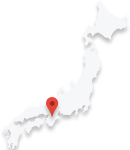
The best Onsen in Nara 2024
Nara Prefecture is an inland prefecture without a sea, located in the middle of the Kii Peninsula. It is a rectangular prefecture with a long north-south axis, and borders Osaka, Kyoto, Wakayama, and Mie prefectures. The prefectural capital is Nara City. Nara Prefecture is divided into two main areas based on topography: the lowlands in the north and the Yoshino Mountains in the south.
In the northern lowlands, there are many shrines, temples, ancient tombs, and mausoleums. The Yoshino Mountains in the south occupy about two-thirds of the prefecture's land area. Deep in the mountains of the Yoshino Mountains, there are many ancient and hidden onsens that historical figures have visited to cure themselves, as well as onsens that have been discovered in recent years. Mt.Yoshino is also famous for its cherry blossoms.
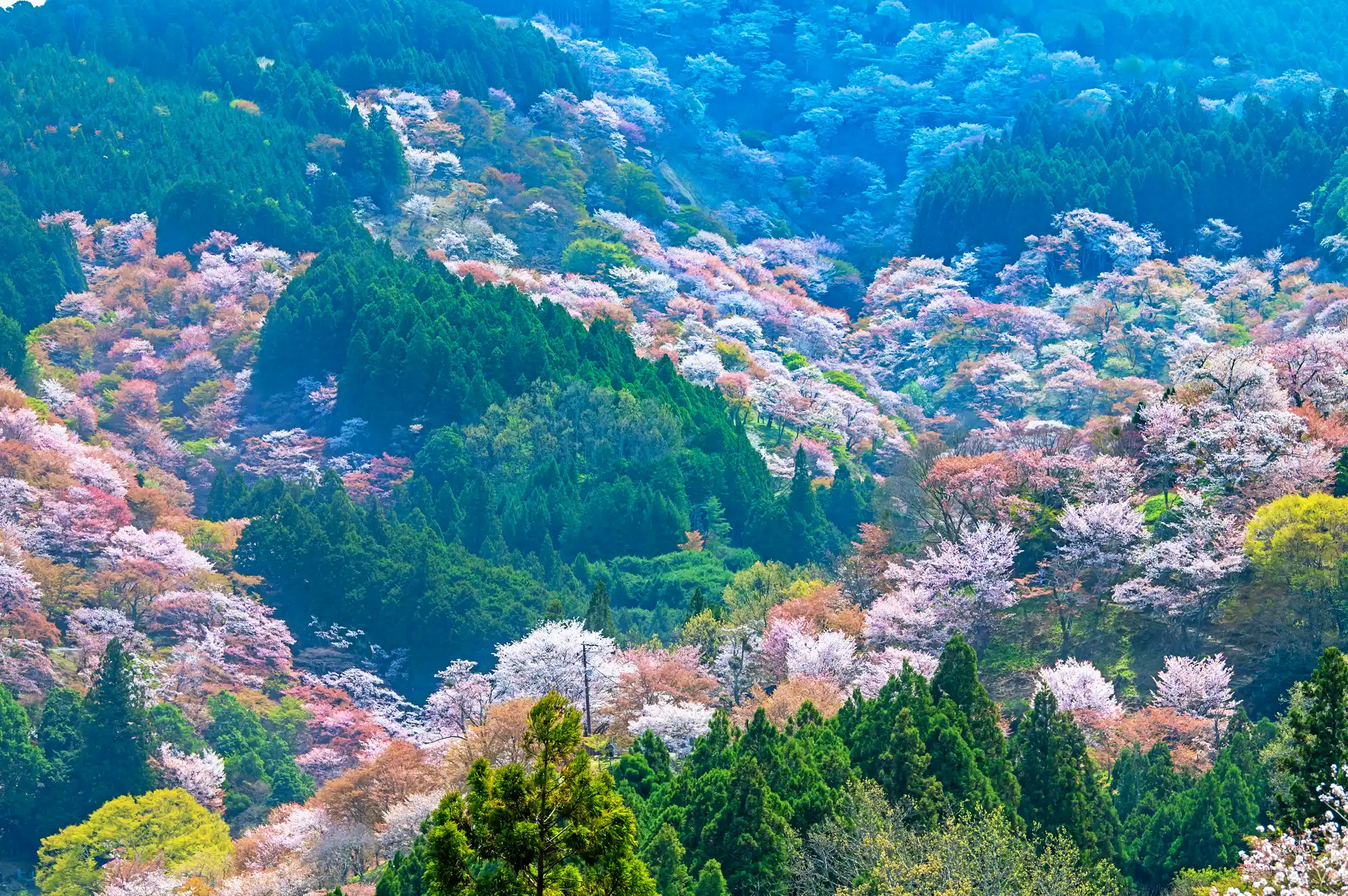
Nara Prefecture was home to the capital, Heijo-kyo, from 710 to 784. With Heijo-kyo as the center, Japan completed its structure as a Ritsuryo (law-enforcement) state, and the Tenpyo Culture, an international Buddhist culture centered on aristocrats, was born.
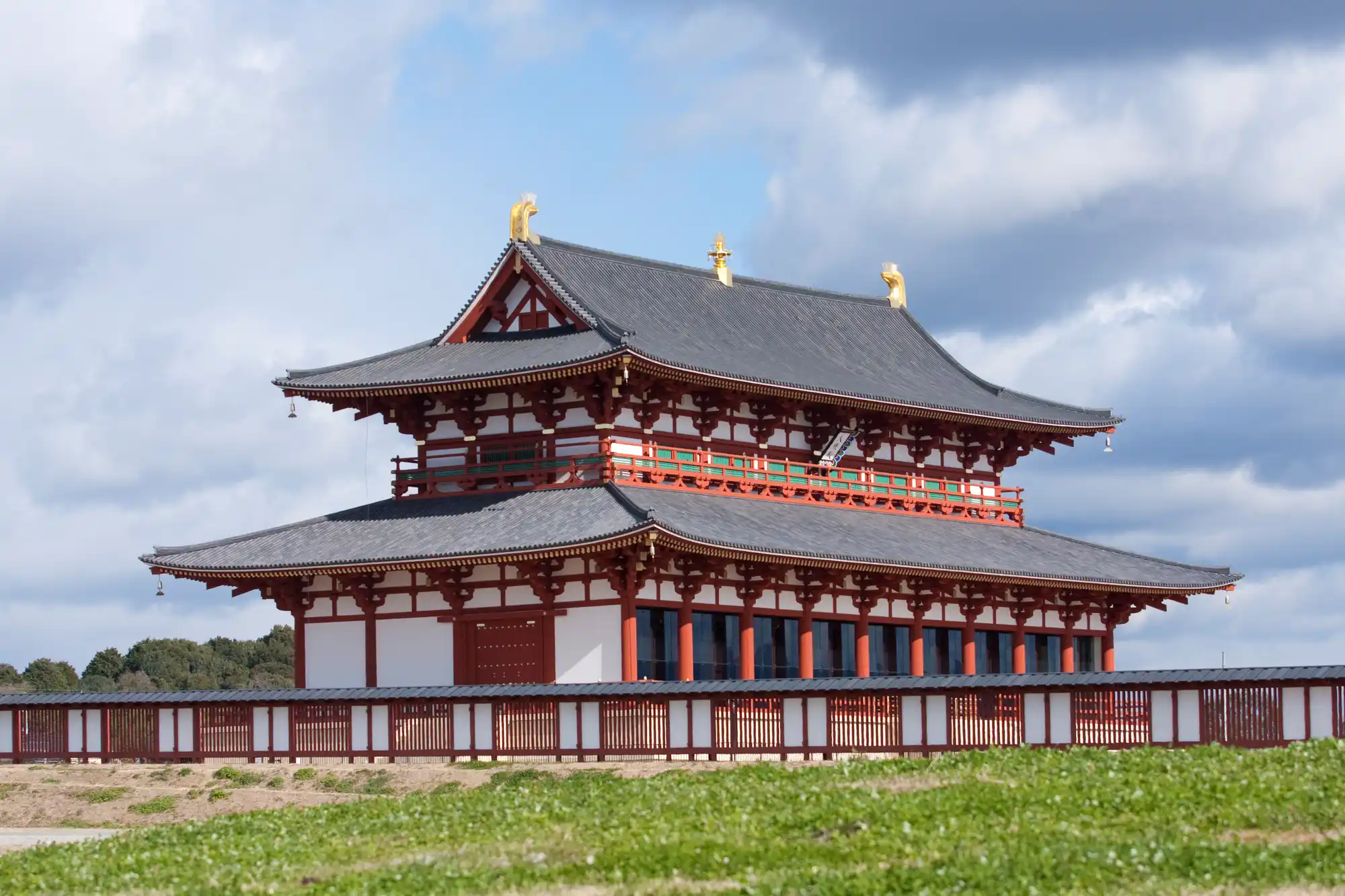
At that time, international exchange with East Asian countries was active in Nara, and envoys were sent to Tang China (present-day China), where foreign students and learned monks were active. The Tempyo culture incorporated the cultures of Tang China, India, Persia, and Arabia. In addition, many temples were built to protect the country and pray for national peace through Buddhism, and excellent Buddhist art was produced.
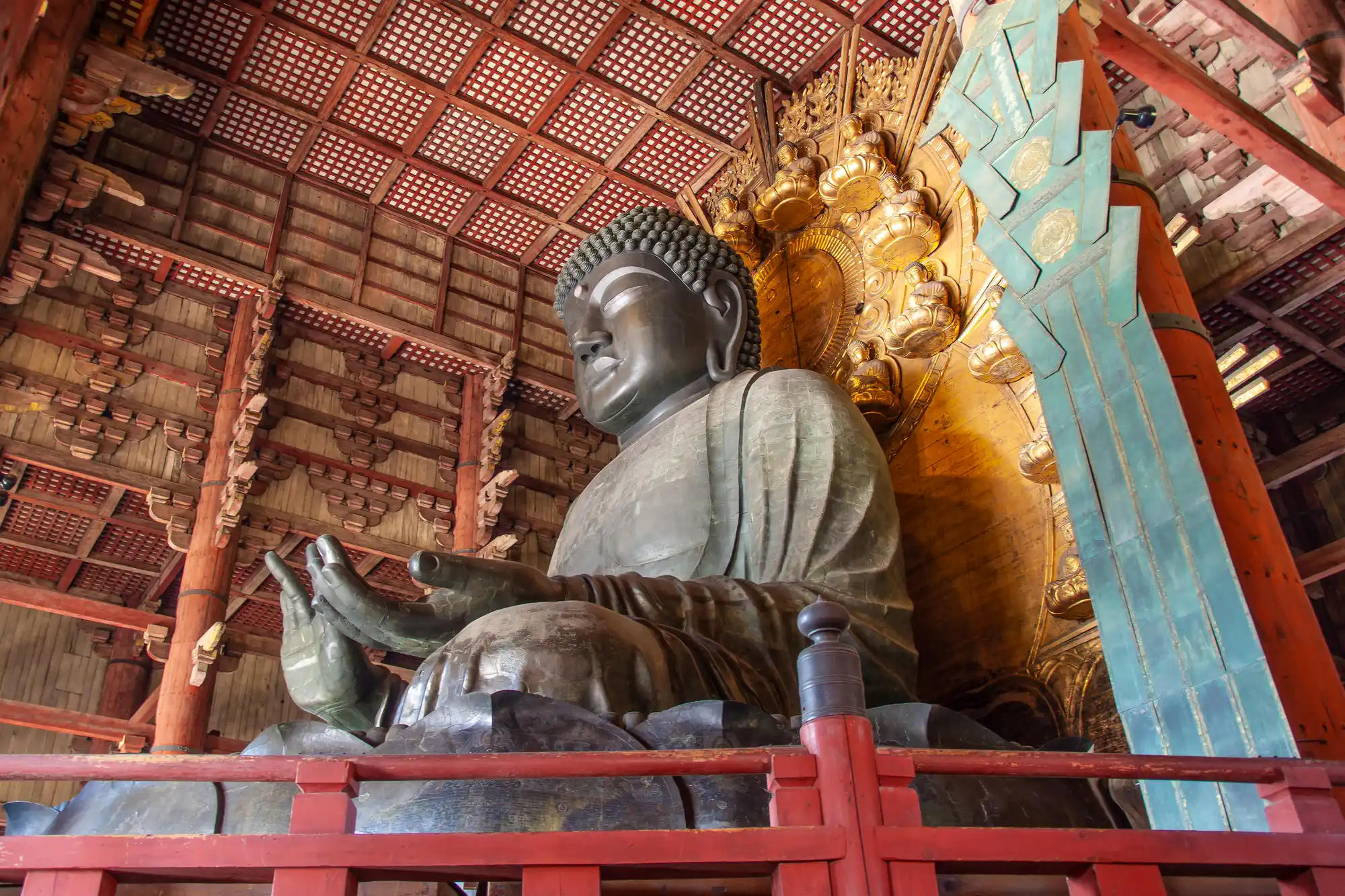
Once the political, economic, and cultural center of Japan, Nara Prefecture is a treasure trove of historically valuable cultural assets. Nara Prefecture has three World Heritage Sites: "Buddhist Monuments in the Horyu-ji Area" and "Historic Monuments of Ancient Nara" in the north and "Sacred Sites and Pilgrimage Routes in the Kii Mountain Range" in the south. There are also many national treasures and important cultural properties remaining.
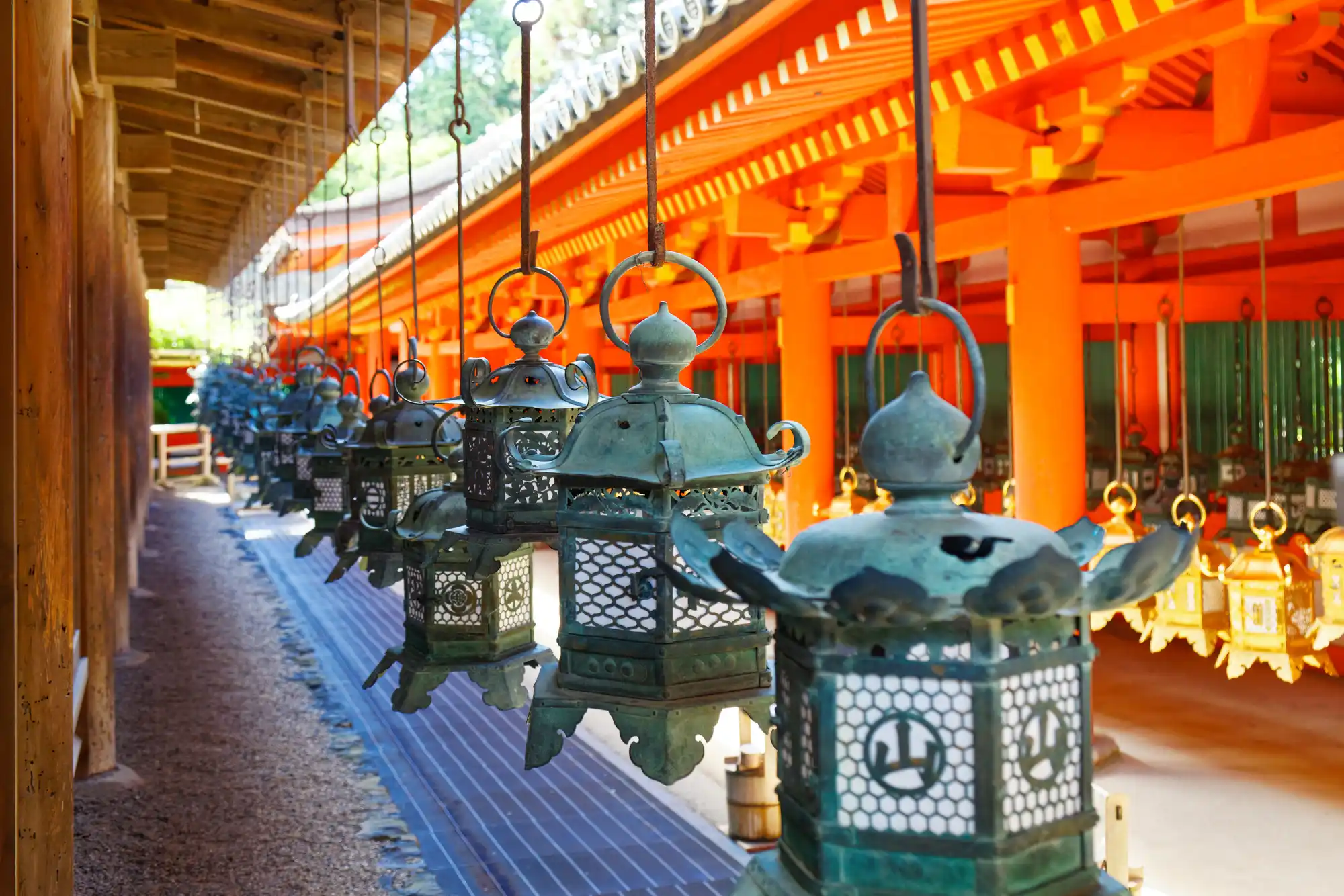
Nara is also home to the roots of Japanese food culture and performing arts.
Tea, udon noodles, sake, manju, tofu, etc. are said to have their roots in Nara. One of these reasons is that Buddhism flourished in the area, and monks who studied in China returned to Japan and played an active role.
Dohbutai in Sakurai City, known as "the birthplace of Japanese performing arts," is where Prince Shotoku established the National Theater Institute and the National Theater, known as Tsuchibutai, where Gigaku was performed in 612. Gigaku is a masked drama that originated in ancient Tibet and India.
The Shibabutai, a stage on which performing arts are dedicated during the Onmatsuri held at Kasuga Taisha Shrine every December, is the origin of the word "shibai" (play). The pine tree on the wall behind the Noh stage is also derived from the Onmatsuri. This pine tree is an incarnation of Kasuga Myojin, the deity enshrined at Kasuga Taisha Shrine.
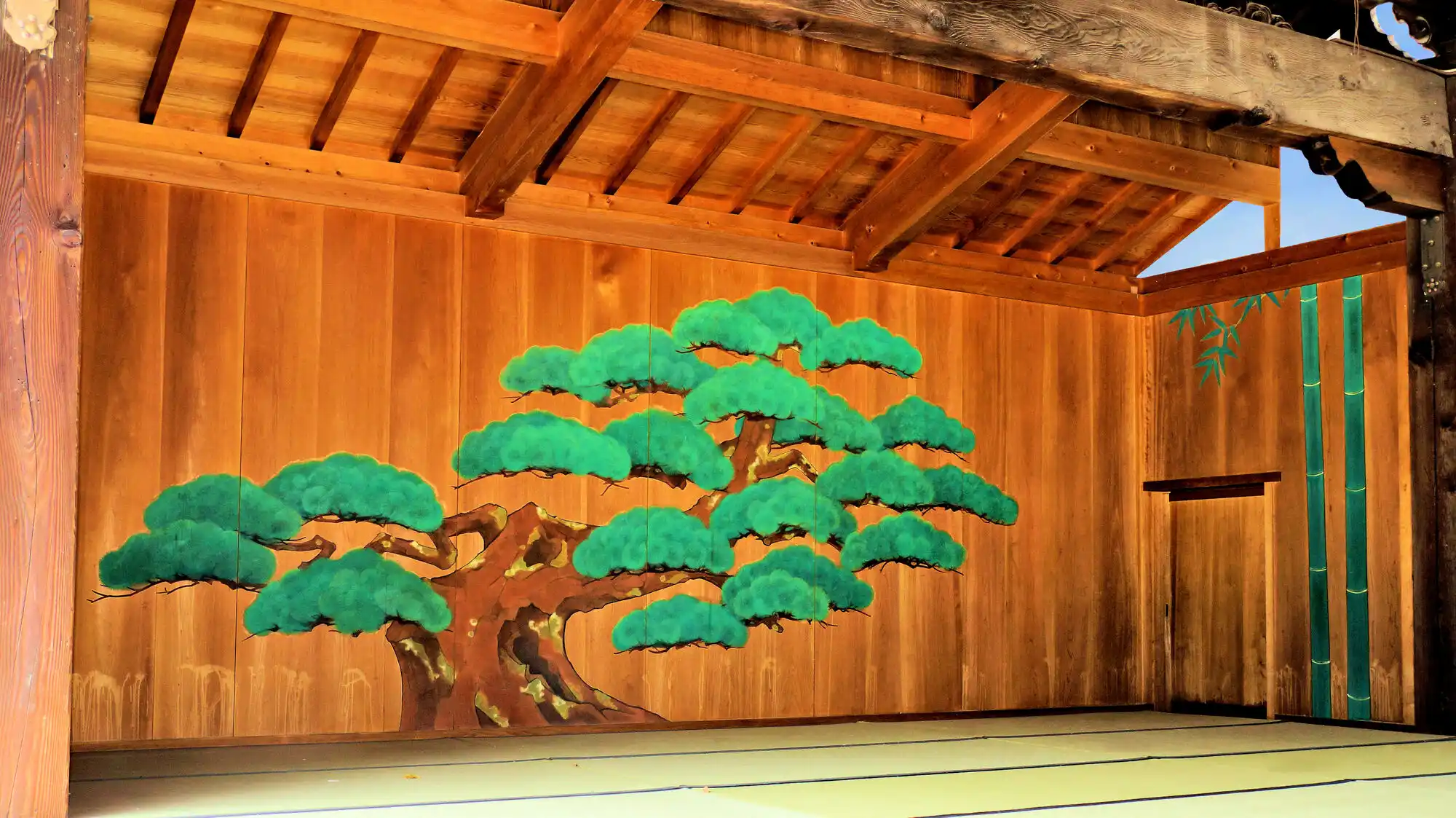
Four of the five schools of Noh originated in Nara. Takigi Noh, which is held in Nara every May, is regarded as the origin of open-air and firelit Noh performances held throughout Japan.
Nara, where the nation was founded around Buddhism, is home to numerous temples and outstanding Buddhist art. They are registered as World Heritage sites and cultural assets. In Nara, you can also visit the origins of Japanese culture. The traditions and festivals that have remained in Nara since ancient times are still alive today.
Get to know Nara
Access
There are no airfields in Nara Prefecture. Therefore, to fly to Nara, you must go through Itami Airport or Kansai International Airport in neighboring Osaka Prefecture. Itami Airport is for domestic flights only. Kansai International Airport is a 24-hour airport with both domestic and international flights. Kansai Airport Station is located about a 5-minute walk from Kansai International Airport.
The nearest stations to tourist attractions such as Todaiji Temple and Kasuga Taisha Shrine, which are included in the World Heritage Site of Ancient Nara, are Kintetsu Nara Station and JR Nara Station, both of which are about a 15-minute walk away. Kintetsu Nara Station is operated by Kintetsu Railway Company (Kintetsu Railway Co., Ltd.) and JR Nara Station by JR West Japan (West Japan Railway Co., Ltd.). Nara does not have a Shinkansen station, so to get to Nara by Shinkansen, you must go through Kyoto Station in nearby Kyoto Prefecture. From Kyoto Station, you can take the Kintetsu Line and JR West's conventional lines. From here, travel to Kintetsu Nara Station or JR Nara Station.
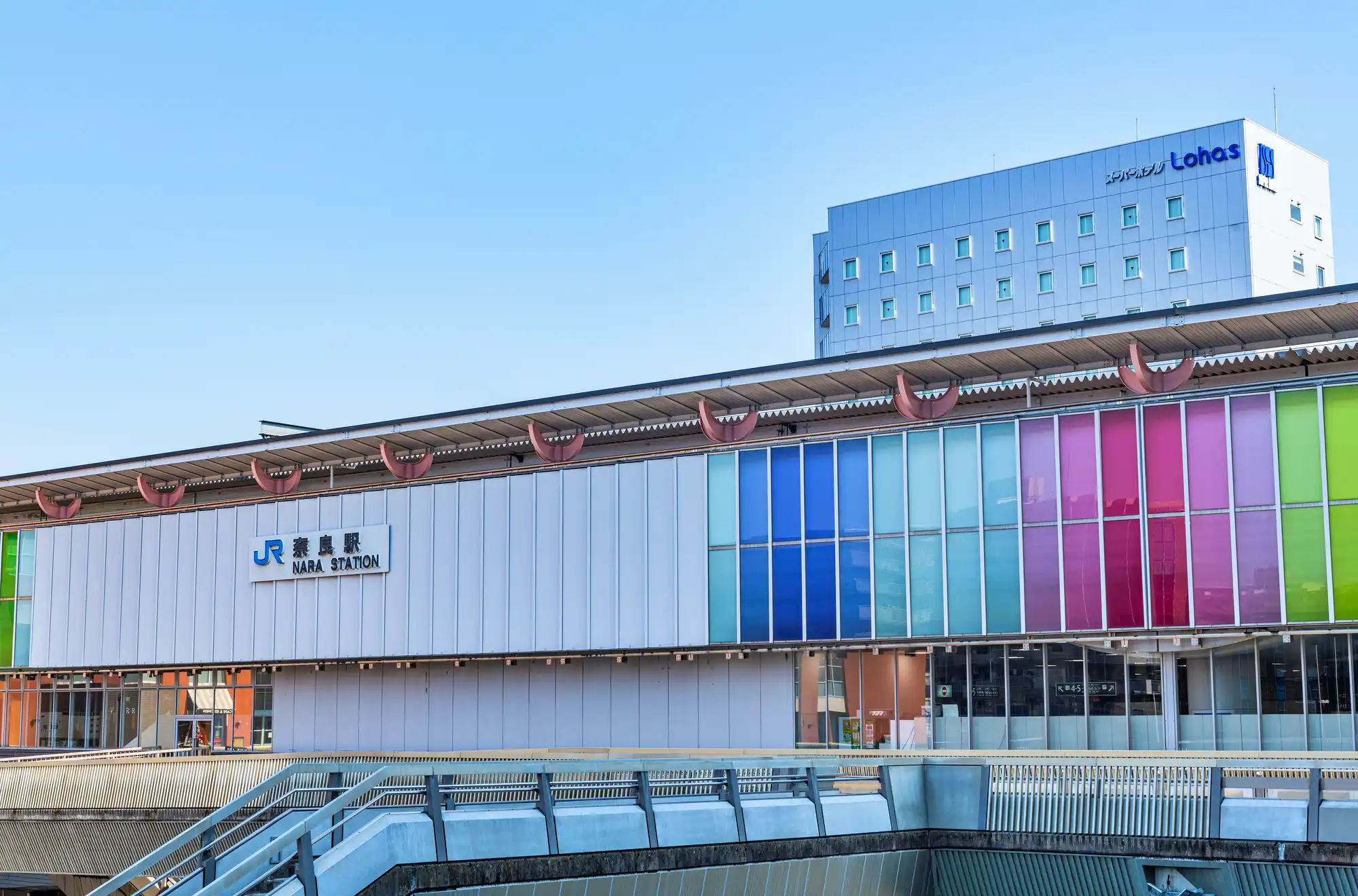
From Osaka
<Train>
Kansai Airport Station (JR Express Haruka) → JR Tennoji Station (JR Kansai Honsen Yamatoji Rapid) → JR Nara Station (about 1 hours and 20 minutes)
<Bus>
Itami Airport (bus) → JR Nara Station (about 1 hours and 20 minutes)
Kansai International Airport (bus) → JR Nara Station (about 2 hours)
<Train>
Shin-Osaka Station (JR Tokaido Sanyo Line rapid train) → Osaka Station (JR Yamato Line rapid train) → JR Nara Station (about 1 hour)
From Tokyo
<Shinkansen / train>
Tokyo Station (Tokaido Shinkansen) → Kyoto Station (JR Nara Line) → JR Nara Station (about 3 hours and 10 minutes)
<Airplane/Bus>
Haneda Airport → Itami Airport (bus) → JR Nara Station (about 2 hours and 30 minutes)
From Nagoya
<Shinkansen / train>
Nagoya Station (Tokaido Shinkansen) → Kyoto Station (JR Nara Line) → JR Nara Station (about 2 hours and 40 minutes)
History
Nara Prefecture, the site of Japan's oldest capital, has had a deep connection with medicinal plants, which have been used as ingredients in medicines since ancient times. Medicinal herbs have not only been prescribed as medicine but also used for medicinal baths. The origin of public bathhouses is said to be the "Seyoku" (public bath) at temples in Nara. The term "Seyoku" refers to the practice of opening the bathrooms of temples and other facilities to the poor and sick to provide bathing services.
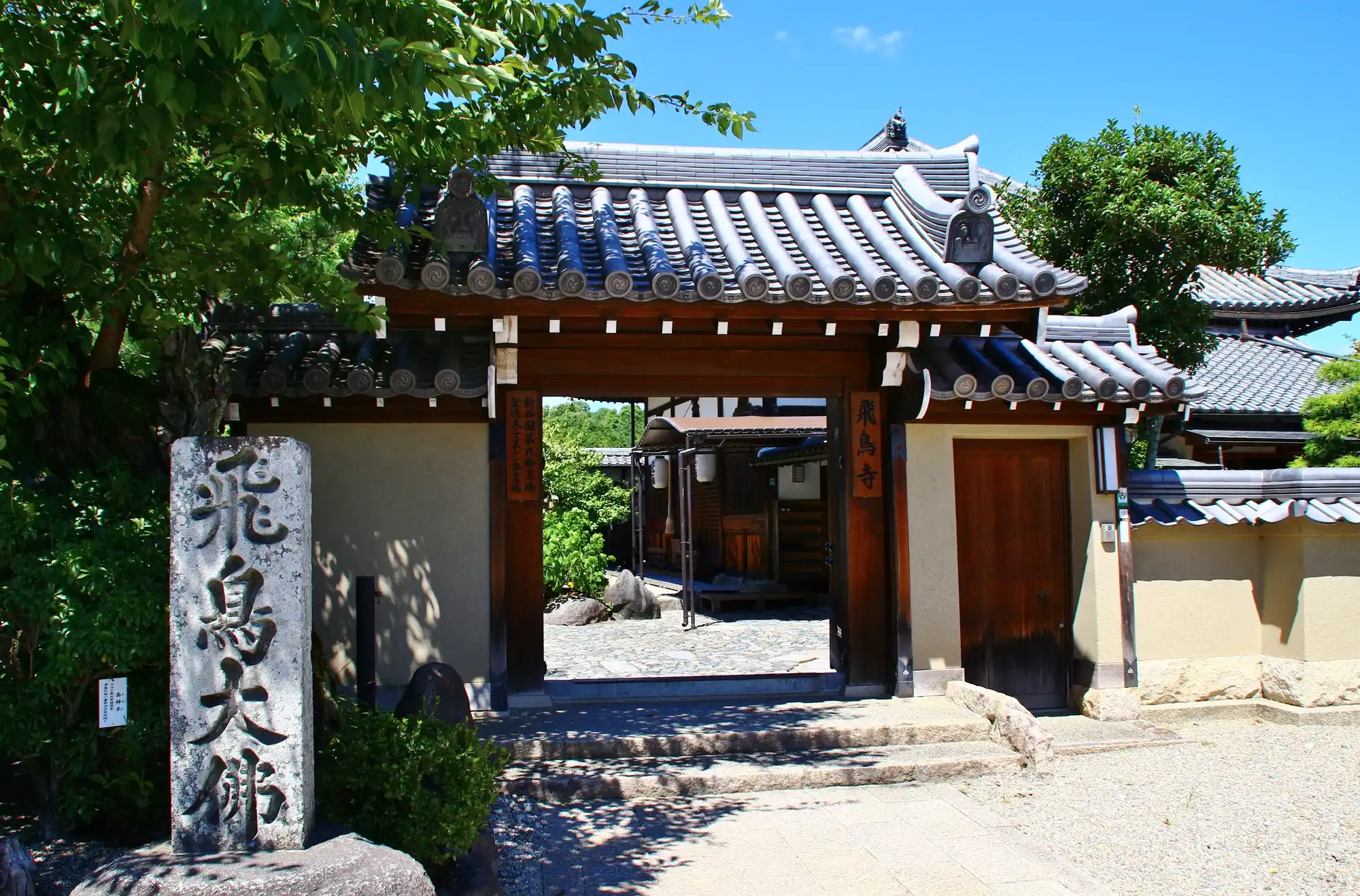
Buddhism was introduced to Nara in the middle of the 6th century (around 538).
From the 6th century to the end of the 8th century, the palaces where the emperors resided, such as Asuka-kyo, Fujiwara-kyo, and Heijo-kyo, were located in Nara, except for a period when they were moved to other prefectures, and a Buddhist-influenced political system was implemented. Until the 20th century, Japanese pharmaceuticals were mainly based on Chinese herbal and herbal medicine formulas, which were based on medical science imported from China.The Imperial Court in Nara had sent envoys to China, which made it possible to incorporate Chinese culture. In Nara, there were temples that used Chinese medicine and medicines to help the people, and they also functioned as hospitals.
Prince Shotoku, an imperial family member and politician of the Asuka period (593-710), sent an envoy to China and introduced Buddhism into his government. The imperial court promoted the introduction of medical science from China, and the collection and cultivation of medicinal herbs began.
During the Nara Period (710-794), Emperor Shomu built temples throughout the country to protect the nation with Buddhism. Todaiji Temple, built by Emperor Shomu in Nara, is positioned at the top of these temples.
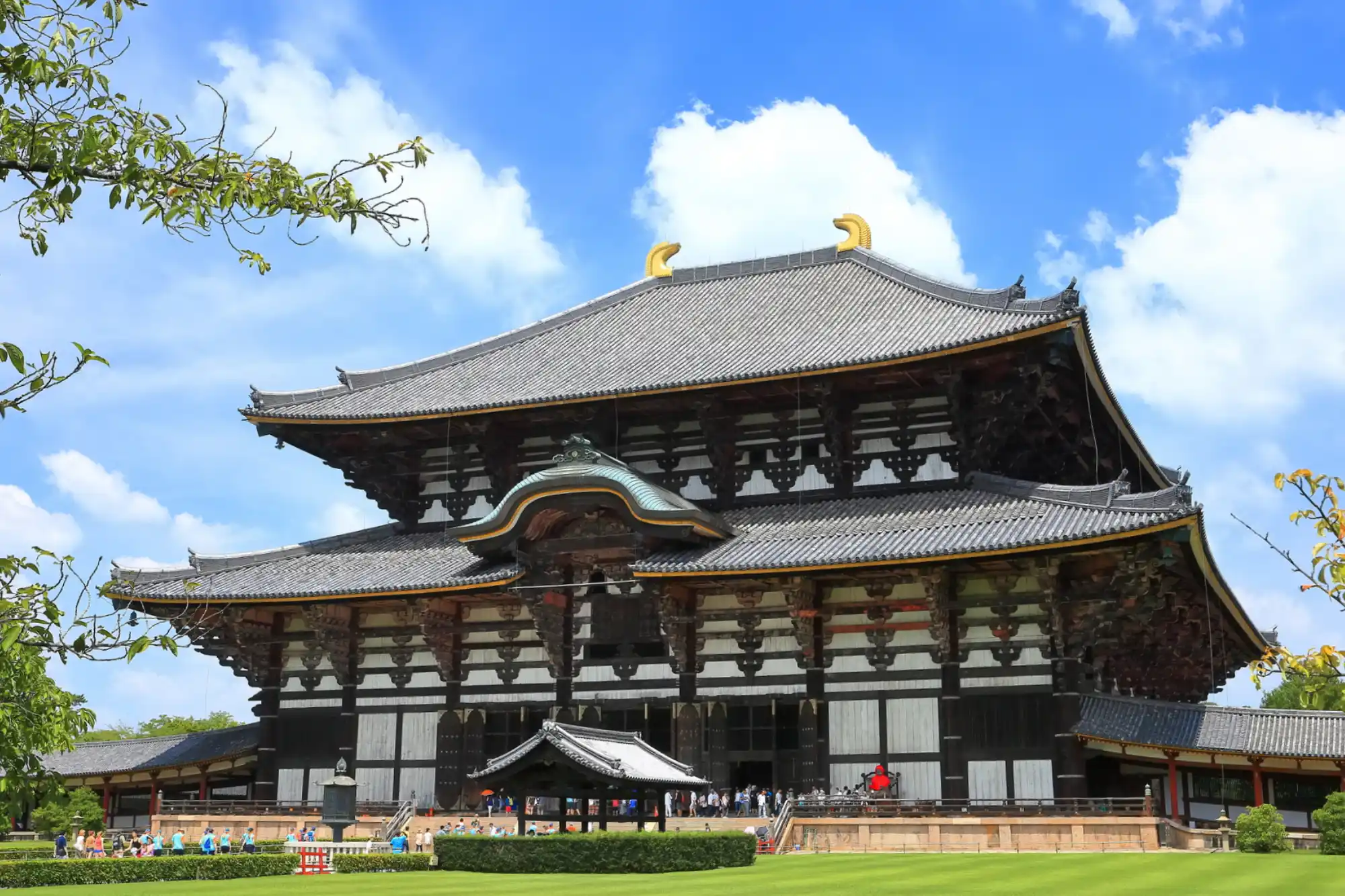
At this time, temples in Nara were equipped with baths, which were used for bathing monks and believers. Ancient baths were steam baths similar to modern saunas. The inspiration for the installation of baths in temples came from a sutra called the Onshitsukyo . The Onshitsukyo Sutra, which was introduced in the 8th century, tells that taking a bath removes seven diseases and brings seven blessings.
The baths were initially used by monks to purify themselves, but they were also opened to believers free of charge and used for missionary work. It was Empress Komyo who built the bathing facilities and provided bathing services herself, without making distinctions between those who bathed.
Empress Komyo, Empress of Emperor Shomu, established Seyaku-in and Hiden-in for the people at Kofuku-ji Temple in 723. Seyaku-in was a facility where the poor and sick were given medicine and treated, and Hiden-in was a facility for the poor, sick, and orphans. Empress Komyo established a bathing facility for the sick called "Karafuro" at Hokkeji Temple. This bathing facility was a steam bath, in which the sick were healed by the steam from the hot water in which medicinal herbs were boiled.
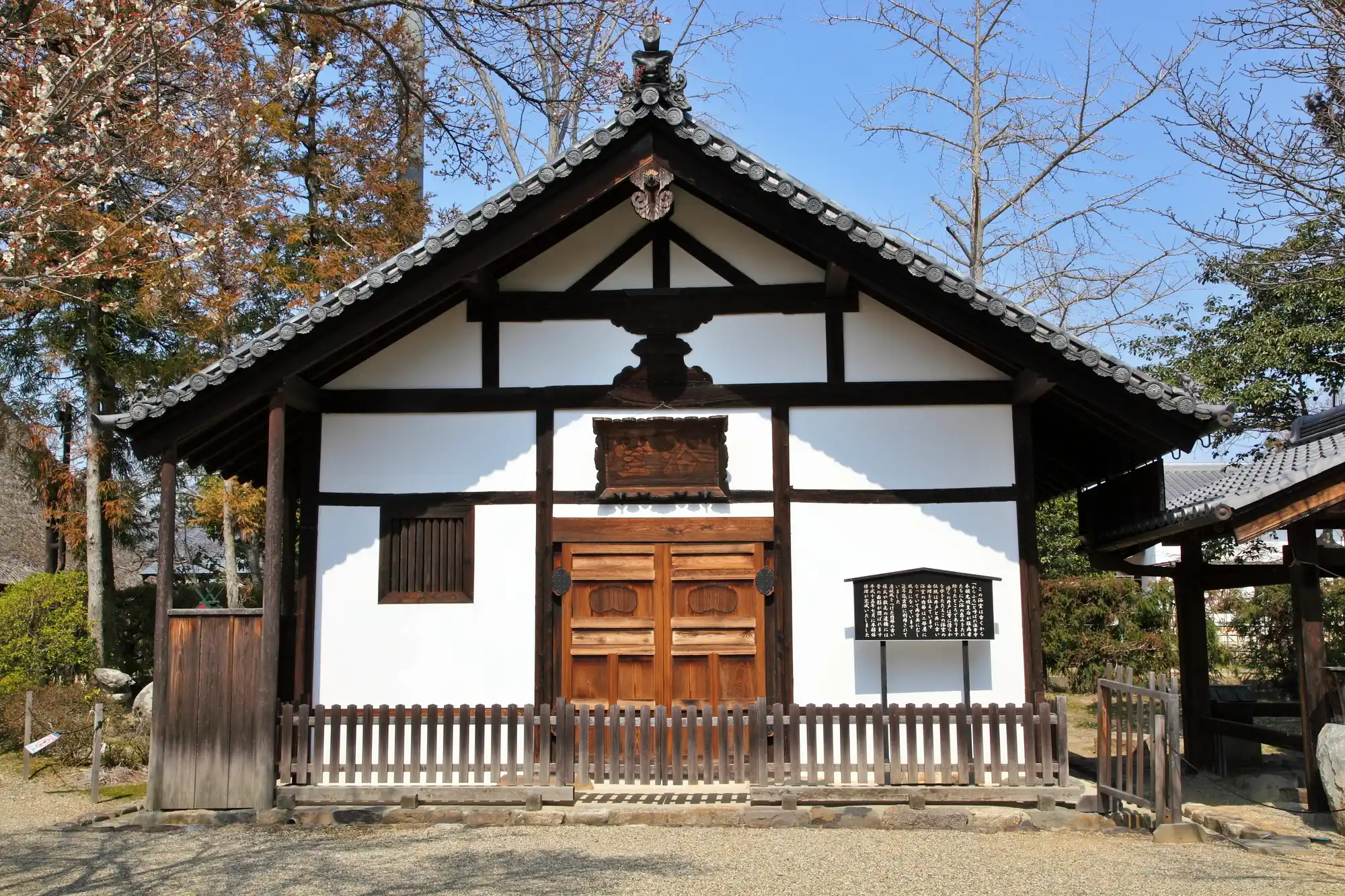
It is said that the bathing given by Empress Komyo was the origin of communal bathing.
From ancient times, the Japanese believed that water had purifying powers and bathed in it to cleanse their bodies and minds. In winter, hot water and onsens were more pleasant than water, so the sutra that bathing brought good fortune was welcomed, and people began to use hot water to purify themselves of impurities in the cold winter. The custom of common people taking a bath seems to have started from the Seyoku at temples. In Nara's Todaiji and Hokkeji temples, there are still great bath house (Oyuya) and bath house(Karafuro) that retain the vestiges of those days.
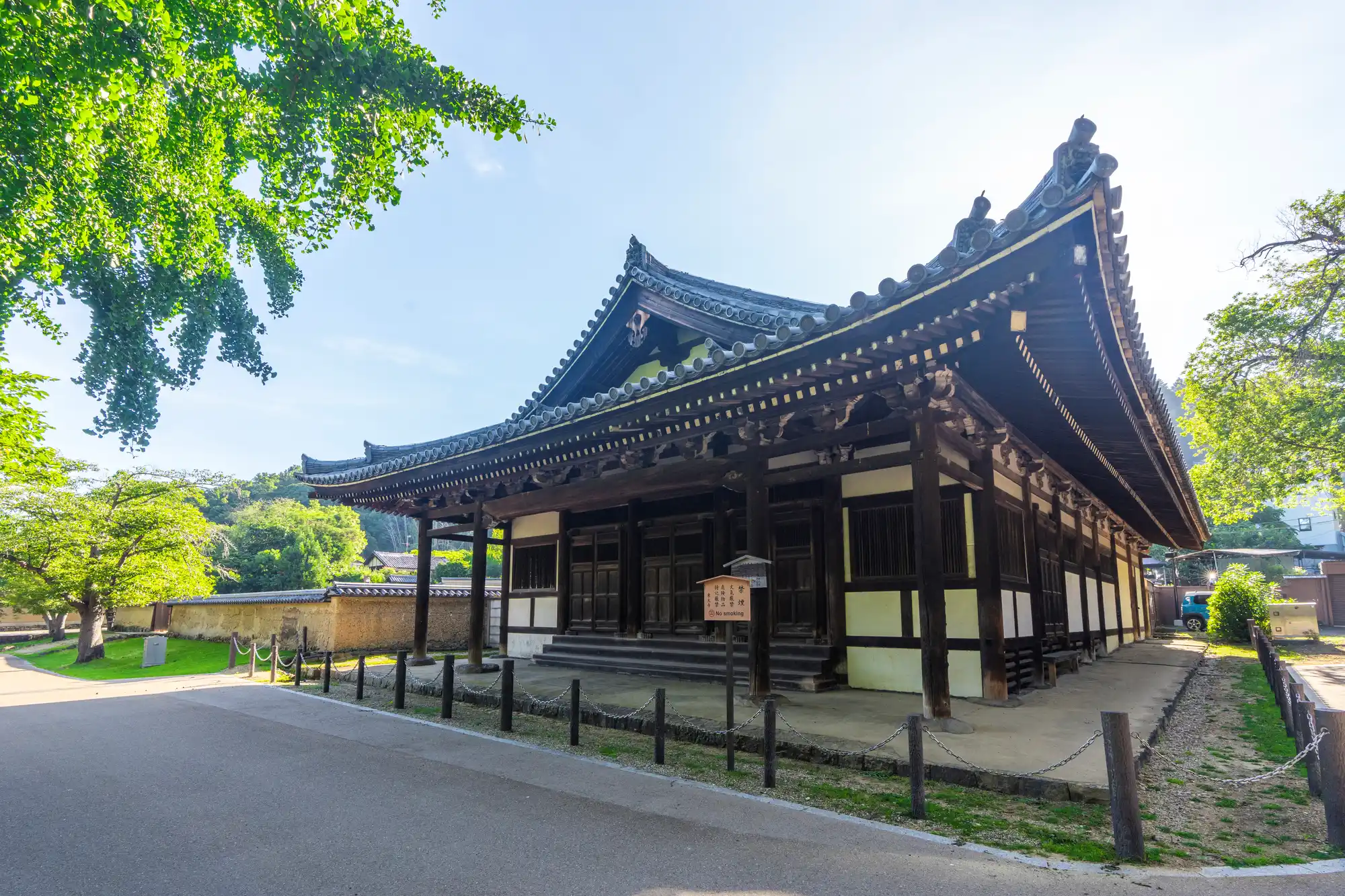
Around 697, when an epidemic broke out in Japan, the founder of Shugendo, En no Gyoja, is said to have made a medicine called Daranisuke to help the sick. It is said that En no Gyoja taught the method of making Daranisuke to a demon who served him. The descendants of the demon are said to have opened the Dorogawa Onsen located at the trailhead of Mt.Omine. In the onsen resort area, there is a store that manufactures and sells Daranisuke.
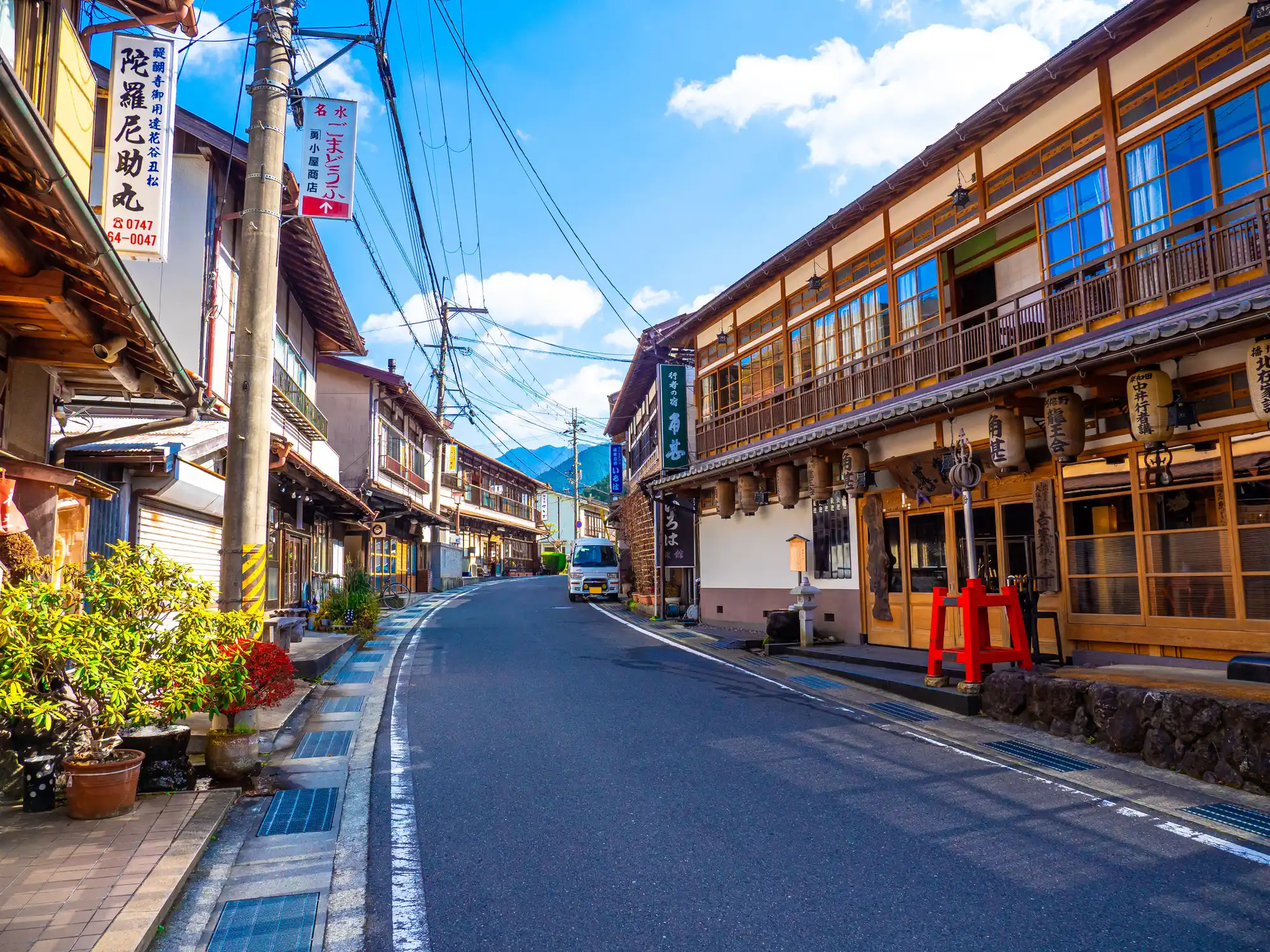
Although the onsens have a short history dating back to the 1970s, this area has flourished for more than 1,300 years as a lodging town for ascetic ascetics visiting Mt.Omine. Shugendo, a form of mountain asceticism in which practitioners acquire supernatural abilities through mountain asceticism and engage in magical religious activities. Mt.Omine, where the founder of Shugendo, En no Gyoja, attained enlightenment. Even today, Mt.Omine is revered by ascetics, and in the onsen resort area, visitors can buy daranisuke, a kind of medicine made by En no Gyoja, which he taught to demons.
Totsukawa Onsenkyo, located in the same Okuyoshino area as Dorogawa Onsen, is Nara's representative onsen resort with high temperature onsens gushing forth. Totsukawa Onsenkyo consists of three onsen resorts: Totsukawa Onsen, Kamiyu Onsen, and Tosenji Onsen.
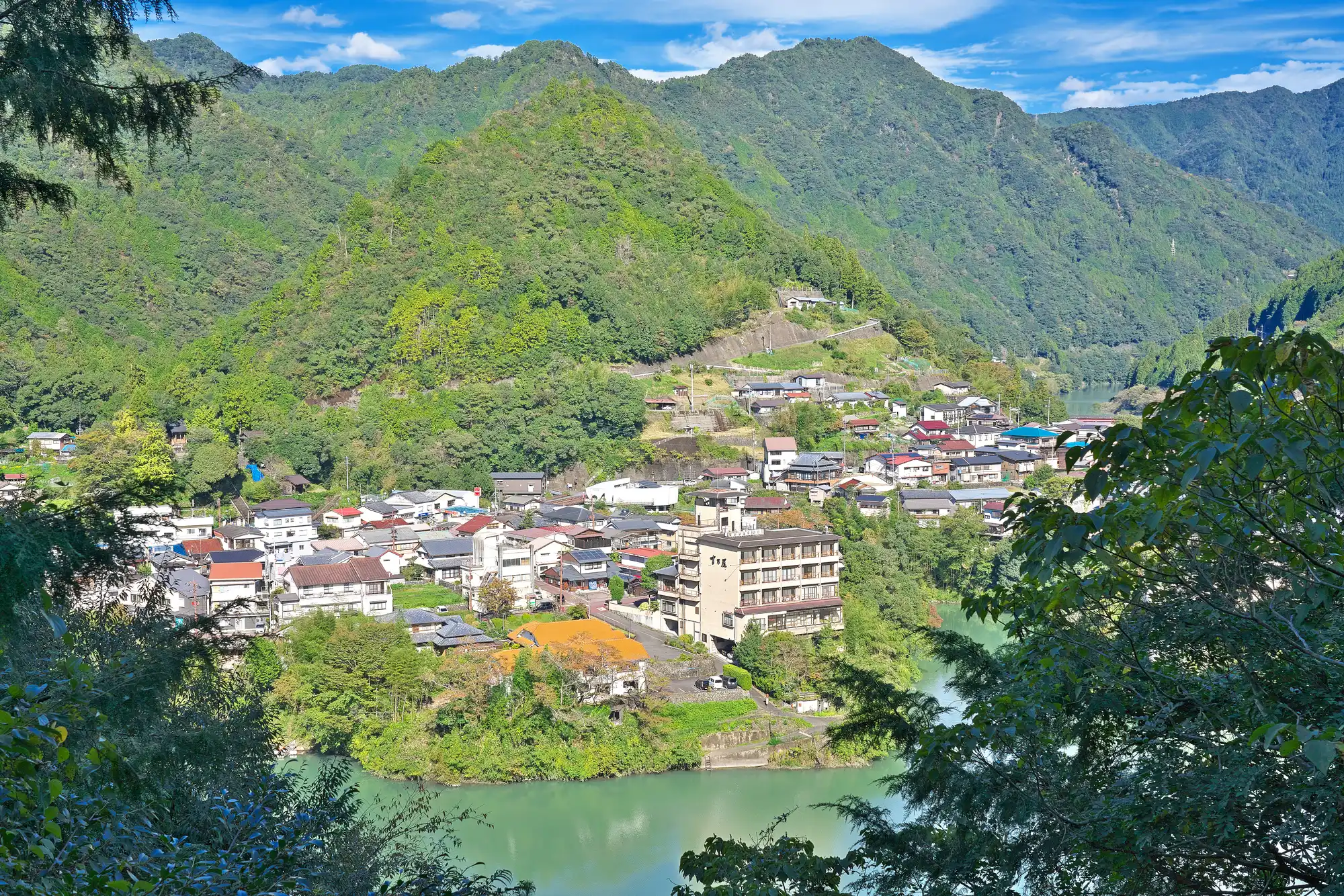
Tosenji Onsen is the oldest onsen, having opened in 1450. Totsukawa Onsen was opened around 1680-1709, and Kamiyu Onsen around 1716-1736. In 2004, Totsukawa Onsen-kyo became the first onsen resort in Japan to declare that all of its facilities are "onsen kakegashi," meaning that they do not circulate, heat, add water, or disinfect with chlorine, and that only genuine onsen water is provided.
The "onsen kakenagashi" (free-flowing hot-spring water) concept has become common throughout Japan in recent years, and Totsukawa Onsenkyo is crowded with onsen enthusiasts and recreationists as the first onsen resort in Japan to declare its hot-spring water source free-flowing.
Onsen areas
Dorogawa Onsen
Dorogawa Onsen is an onsen that bubbles up at the trailhead of Mt.Omine. The onsen resort is located at an altitude of approximately 820 meters above sea level. Because of its high altitude, it is cool even in summer, making it a popular summer resort. At night, the nostalgic onsen town is lit by lanterns, creating a fantastic atmosphere that differs from that of the daytime.
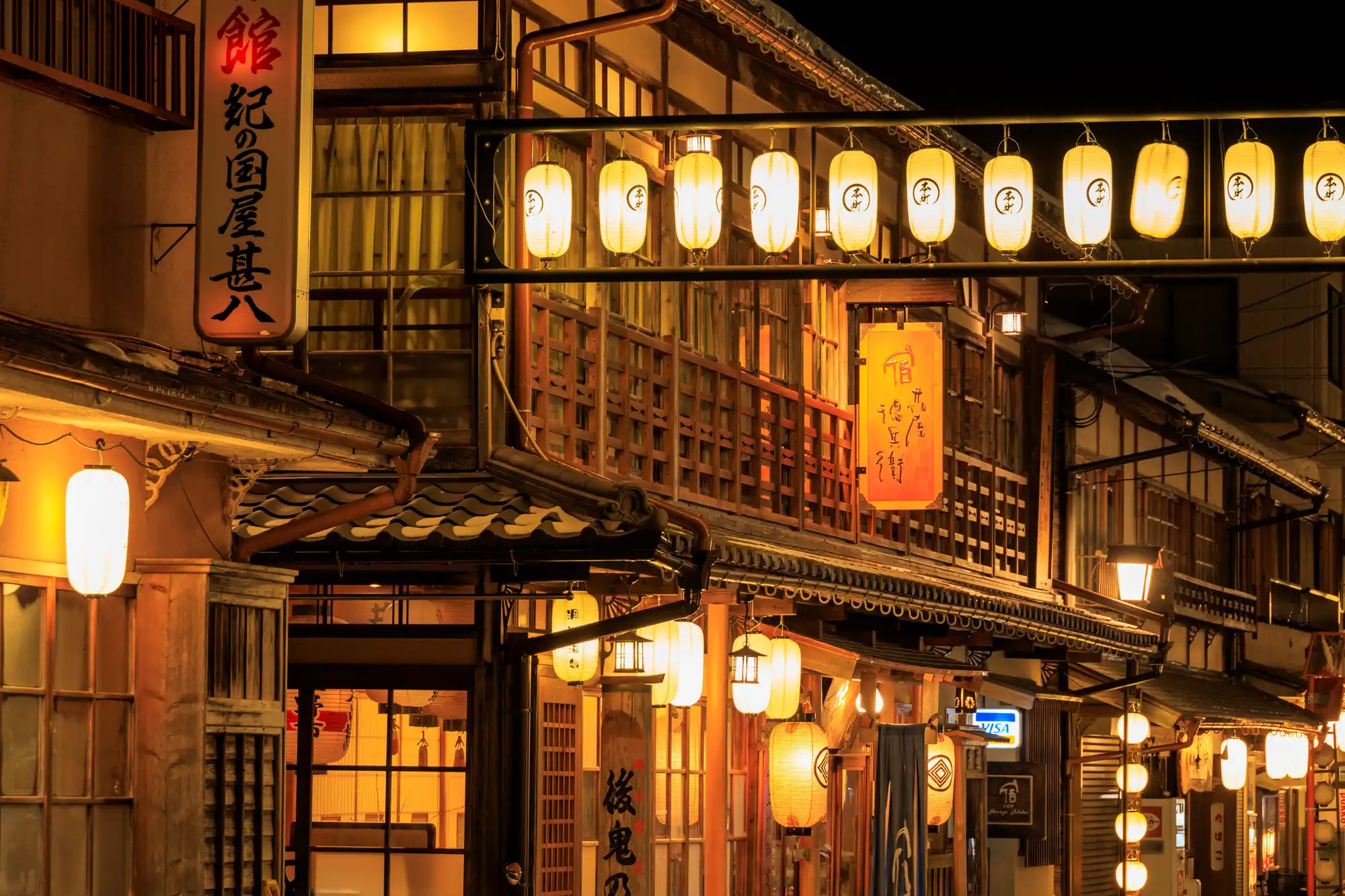
This area has flourished as a base for Shugendo ascetics climbing Mt.Omine. Mt.Omine has been the fundamental center of Shugendo for more than 1,300 years. The onsens have been used to relieve the fatigue of ascetic ascetics and climbers visiting the Mt.Omine.
In ancient Japan, mountains were revered as other worlds where divine spirits resided. Shugendo is a magical religion born from the combination of ancient Japanese mountain worship with Taoism, Confucianism, and Esoteric Buddhism. In Shugendo, people acquire supernatural abilities through mountain asceticism and engage in magical religious activities. Mt.Omine is the mountain where En no Gyoja, the founder of Shugendo, practiced asceticism and attained enlightenment. Dorogawa Onsen is said to have been opened by the descendants of demons who served En no Gyoja.
The nostalgic onsen town is lined with inns, souvenir stores, and stores that manufacture and sell Daranisuke. Daranisuke is a traditional medicine made by En no Gyoja for ascetic practitioners in the mountains. During the Mt.Omine opening period, the sound of the conch shells blown by Shugendo ascetics echoes through the onsen resort, and ascetics can be seen entering the mountain with their tin cans and bells clanging.
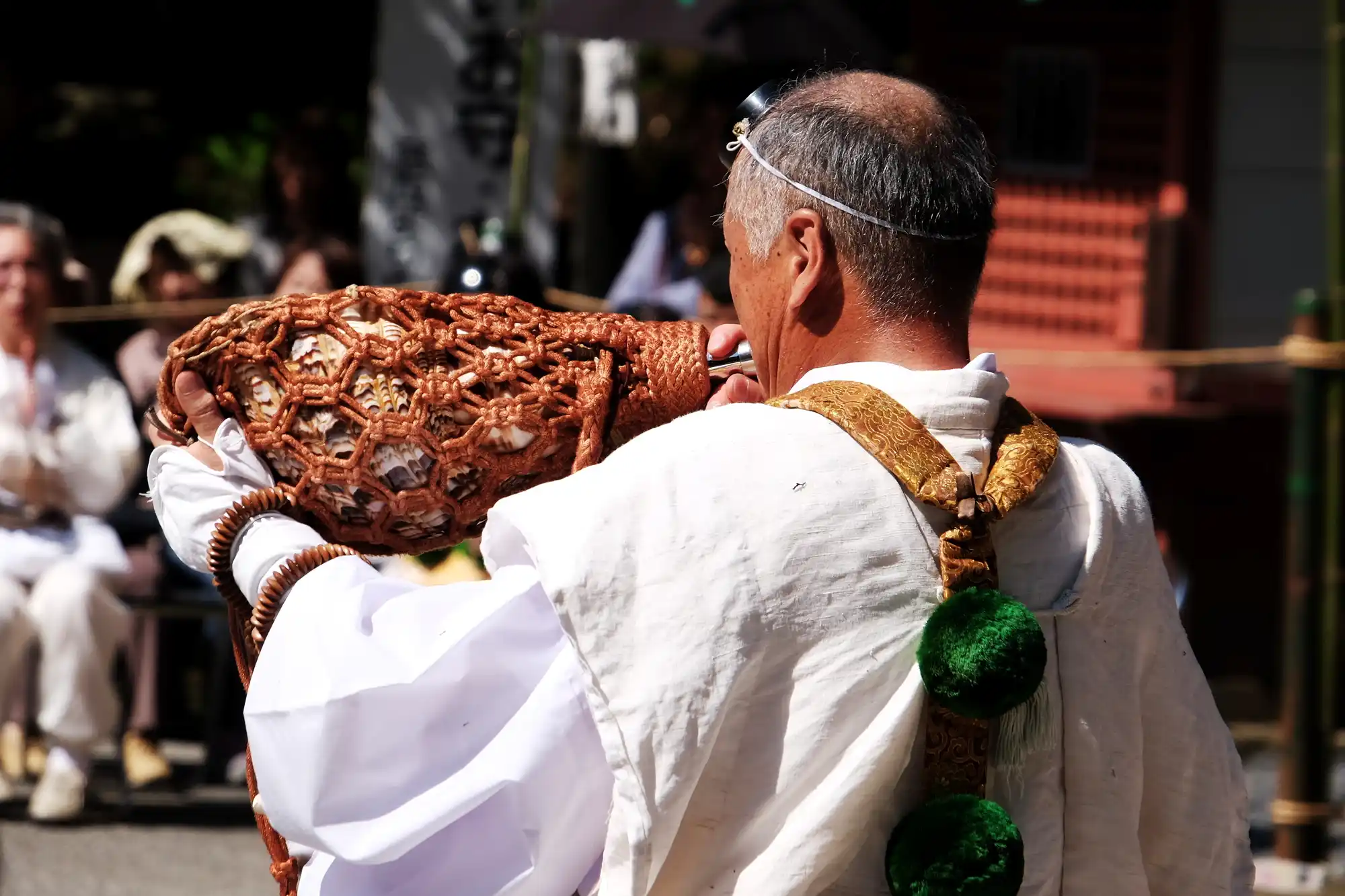
Totsukawa Onsenkyo (Totsukawa Onsen, Kamiyu Onsen, Tosenji Onsen)
Totsukawa Onsen, Kamiyu Onsen, and Tosenji Onsen are onsens that spring up in Totsukawa Onsenkyo in Totsukawa Village in the southernmost part of Nara Prefecture. All three onsens have different qualities. In 2004, Totsukawa Onsenkyo became the first onsen resort in Japan to declare that all of its facilities are "onsen kakenagashi" , meaning that they do not circulate, heat, add water, or disinfect with chlorine, and that only genuine onsen water is provided. All of the onsen water is free-flowing from the source.
Totsukawa Onsen is the area with the largest number of onsen hotels and stores in Totsukawa Onsenkyo, and is said to have been discovered by a charcoal burner between 1680 and 1709. The salty water does not easily cool down and is effective for cuts and burns.
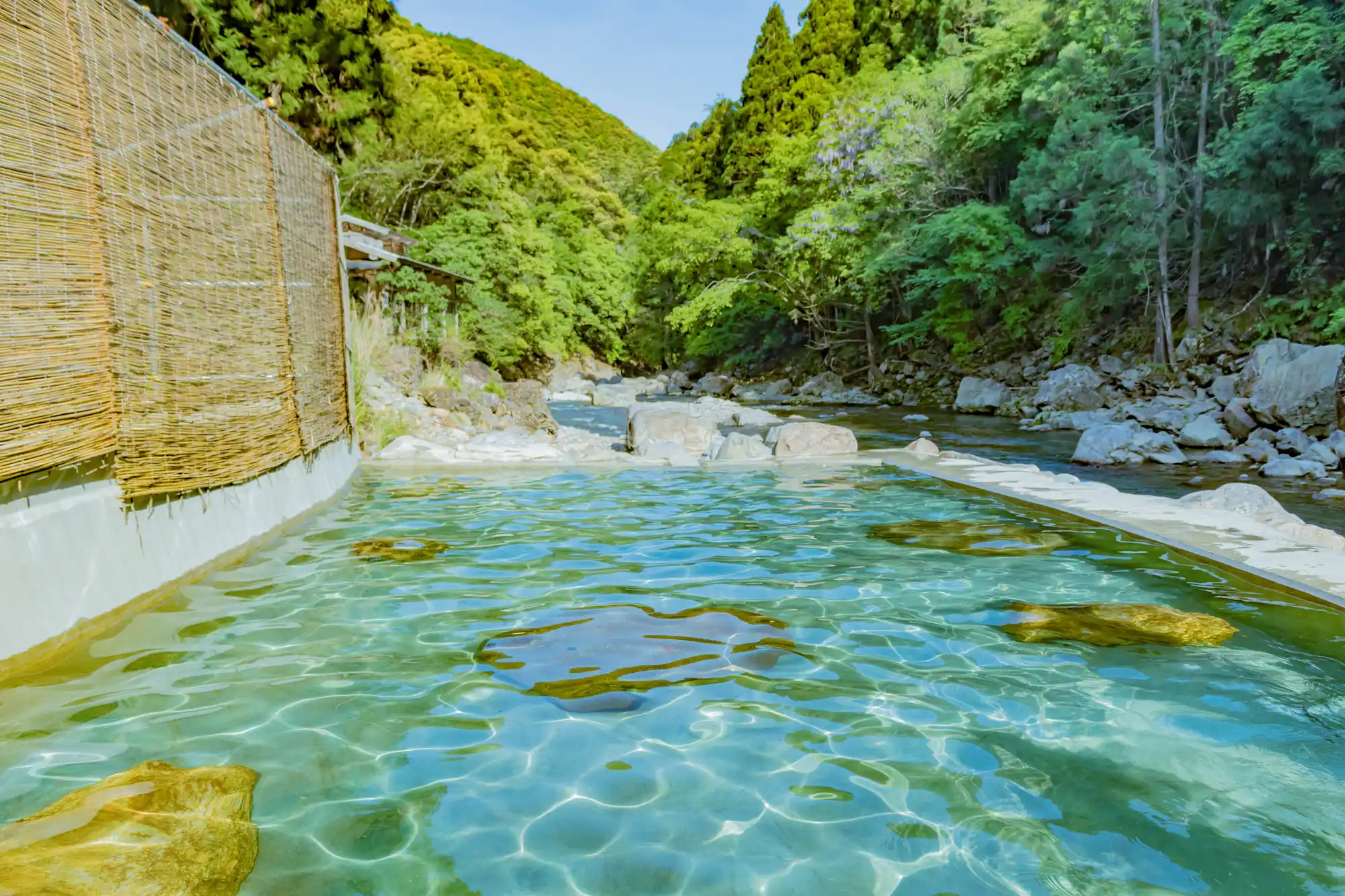
Kamiyu Onsen is an onsen that springs in the upper reaches of the Kamiyu River, and is said to have been discovered by a villager around 1716 to 1736, when he found hot water springing from the riverbank. Kamiyu Onsen is said to be one of the best-kept secrets in Totsukawa Onsenkyo. The bicarbonate of soda spring water moistens the skin and is effective for skin care, skin diseases, and atopic dermatitis.
Tosenji Onsen is an onsen that springs on the banks of the Totsukawa River. Located in the center of Totsukawa Village, it is the oldest onsen in the village, said to have sprung up in 1450. The charm of this onsen is that you can experience the tranquil atmosphere of a mountain gorge. It is effective for general illnesses such as chronic women's diseases.
Soni Kogen Onsen
Soni Kogen Onsen is an onsen located on the Soni Plateau in Soni Village, which is located on the northeastern edge of Nara Prefecture, adjacent to the Mie Prefecture border. Soni Village, where the beautiful original landscape of Japan is still preserved, is a member of the "Most Beautiful Villages in Japan" non-profit organization. The Soni Plateau is a grassland covered with silver grass of about 40 hectares. At dusk in autumn, the silver grass glows golden in the evening sun.
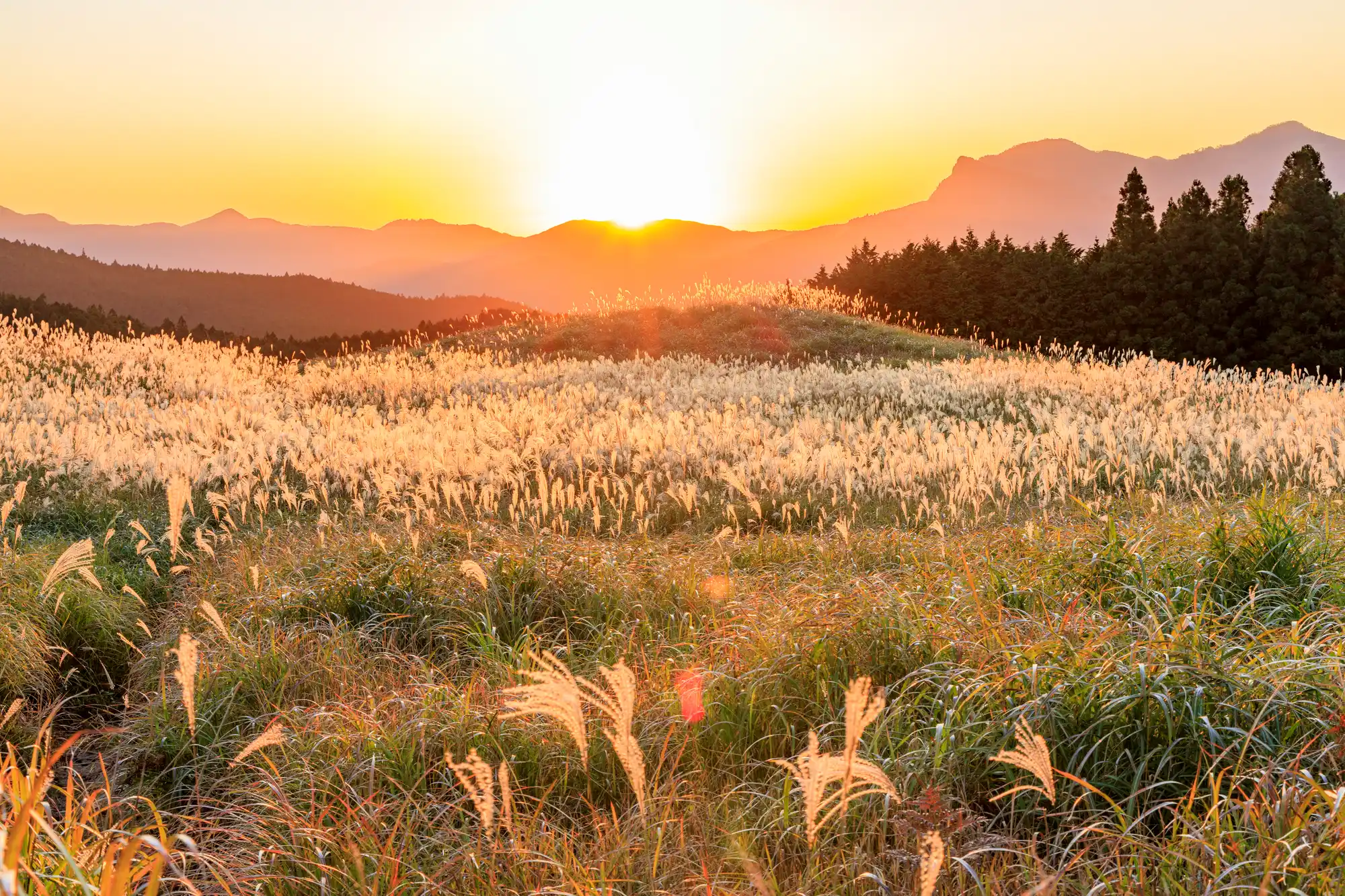
The onsen water is sodium bicarbonate hot spring. It is a "hot water of beauty" that makes your skin moist after bathing. In the Kansai region, it is very popular as a day-trip onsen.
Autumn is the best season to enjoy the onsens and the spectacular view at Soni Plateau. The lion dance is a lively and colorful event in Soni Village in autumn. In Soni Village, the lion dance is dedicated in October every year as part of the Autumn Festival. The lion dance has been passed down orally for about 300 years, and was designated an Intangible Folk Cultural Asset of Nara Prefecture in 1979.

Soni Plateau is famous for silver grass in autumn, but the fresh greenery in summer is also cool. There are also campgrounds in the vicinity, where you can enjoy camping in the great outdoors. The natural monuments of Mt. Yoroidake, Mt. Kabutodake, and Byobuiwa, which are designated as national natural monuments, offer attractive views of columnar jointed rock walls.
Search by Prefecture
Search by Onsen area
- Hokkaido
- Nagano
- Akita
- Kanagawa
- Yamagata
- Shizuoka
- Gifu
- Hyogo
- Wakayama
- Yamanashi
- Kumamoto
- Oita
- Fukushima
- Tochigi
- Gunma
- Ishikawa
- Shimane
- Ehime
- Saga
- Kagoshima
